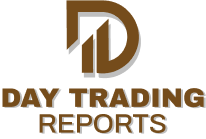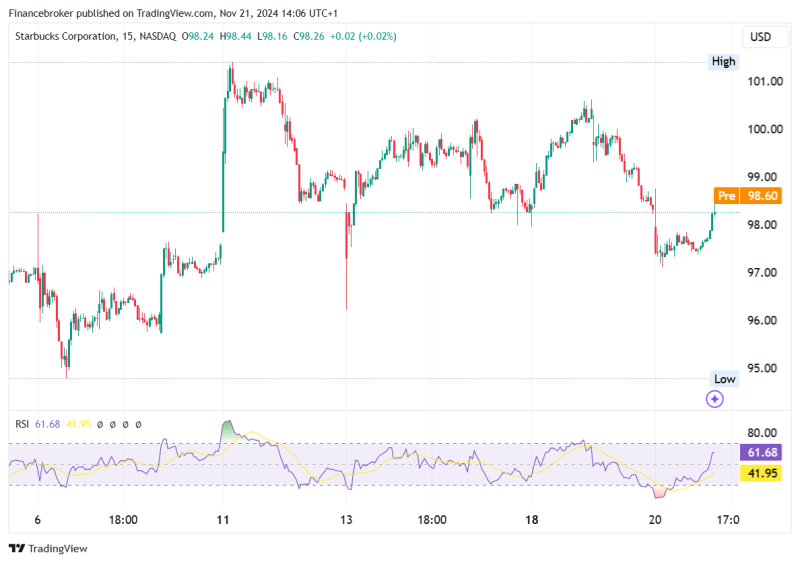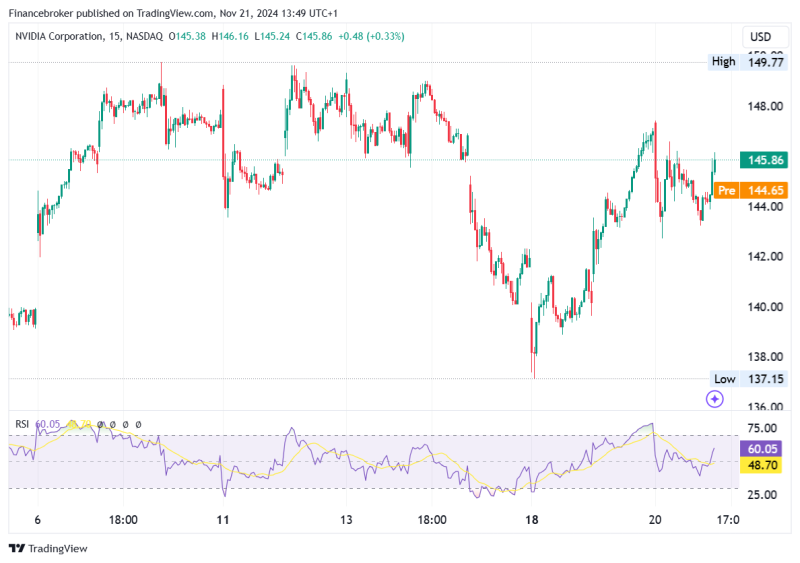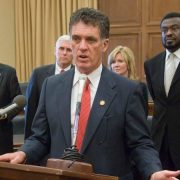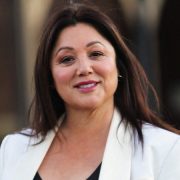
The Evolution of Forex Trading: From Barter to Blockchain
Forex trading is a dynamic financial market with a rich history that reflects economic, political, and technological developments around the globe. With its origin rooted in trade and commerce, the foreign exchange market has evolved into one of the largest and most liquid financial markets in the world. This article will explore how forex trading has evolved from its early beginnings to the technologically advanced present day.
The concept of currency exchange has existed since ancient times. As early as 3000 BC, merchants in Mesopotamia used barley as a medium of exchange. Similarly, in ancient Egypt, grains, and other commodities served as a form of currency. However, the use of coinage as a standardized medium of exchange marked a significant advancement in trade. The first coins are believed to have been minted in Lydia (modern-day Turkey) around 600 BC.
Over the centuries, as different civilizations interacted through trade, the need for currency exchange became evident. Travelers and traders had to convert their money into the currency accepted in the regions they were visiting. This need for currency exchange laid the groundwork for what would eventually develop into the forex market.
var cookie_token = $.cookie(‘token’);
url = window.location.href;
var param = url.split(‘?’)[1]
console.log(url);
if ($.cookie(‘token’) && param != ‘webview=true’) {
var settings = {
“url”: “https://my.financebrokerage.com/api/transactions/my”,
“method”: “GET”,
“timeout”: 0,
“headers”: {
“Content-Type”: “application/json”,
“Authorization”: `Bearer ${cookie_token}`
},
};
$.ajax(settings).done(function (response) {
if (response[0].status == “Approved”) {
$(‘.blur’).html(`By the medieval period, the establishment of trade routes and the rise of banking systems facilitated more organized currency exchange practices. Italian merchants, particularly those in Venice and Genoa, played a significant role in early forex trading. They developed exchange houses, where currency could be traded and exchanged, and established exchange rates based on supply and demand.
During this time, the concept of promissory notes also emerged, allowing traders to transfer value without the physical exchange of currency. These practices paved the way for modern banknotes and contributed to the growing complexities of trading different currencies.
The introduction of gold and silver standards provided a framework for measuring the value of currencies with precious metals, which encouraged international trade and investments. In the 17th century, the establishment of national banks, such as the Bank of England in 1694, further boosted the forex market. National banks had the authority to issue currency, maintain reserves, and manage exchange rates.
The rise of the British Empire meant that the British pound became the dominant currency for international trade. During this time, exchange rates fluctuated based on political events, economic factors, and shifts in global power.
The 19th century saw the establishment of the gold standard, which linked currencies to a specific amount of gold. This system simplified international trade as exchange rates became more stable and predictable. The gold standard facilitated global commerce and helped reduce risks associated with currency fluctuations.
During this period, leading financial centers emerged, including London, Paris, and New York. The forex market began to formalize, with the first currency exchange market opening in London in the early 1800s. Traders began to engage in more speculative activities, betting on the rise and fall of various currencies.
The 20th century marked a turning point in the history of forex trading. The collapse of the gold standard during World War I and the subsequent economic turmoil led to a more fragmented currency system. Central banks began to play a more significant role in managing their respective currencies through regulatory measures and interventions.
1944 saw the establishment of a new international monetary system known as the Bretton Woods Agreement. The agreement fixed currencies to the US dollar, which in turn was convertible to gold. This system aimed to stabilize exchange rates and encourage trade among nations. However, the Bretton Woods system faced challenges, such as inflation and trade imbalances, ultimately leading to its collapse in 1971.
Following the end of the Bretton Woods system, the forex market transitioned to a floating exchange rate system. This shift allowed currencies to fluctuate based on market forces, such as supply and demand, rather than being pegged to a fixed value. As a result, forex trading became more accessible and attractive to institutional investors, hedge funds, and individual traders.
The advent of technology played a crucial role in the expansion of forex trading. In the late 20th century and early 21st century, the Internet revolutionized access to financial markets. Online trading platforms emerged, allowing retail traders to participate in the forex market from the comfort of their homes. The introduction of leverage also enabled traders to control larger positions with smaller amounts of capital.
Today, the forex market is the largest financial market globally, with a daily trading volume exceeding $6 trillion. It operates 24 hours a day, five days a week, and includes a wide range of participants, from central banks and financial institutions to multinational corporations and individual traders.
In conclusion, the evolution of forex trading from ancient bartering to today’s digital marketplace showcases the remarkable progress in global finance. This journey has seen the rise and fall of various monetary systems, each leaving its mark on how currencies are valued and exchanged. The shift from fixed to floating exchange rates has had a profound impact on the forex market, leading to increased liquidity and trading opportunities.
Technological advancements have been game-changers in the forex world, making trading more accessible and efficient than ever before. The emergence of major currency pairs and the dominance of the U.S. dollar have shaped the modern forex landscape. Looking ahead, the forex market is likely to keep evolving, with new technologies and changing global economic dynamics continuing to shape its future. The history of forex trading serves as a reminder of the market’s resilience and adaptability in the face of economic shifts and technological breakthroughs.`);
} else {
$(‘.blur’).css({
‘background’: ‘linear-gradient(95deg, #4e4e4e 25%, #000 45%, #bbb 75%, #FFFFFF 100%) 98%/200% 100%’,
‘text-transform’: ‘inherit’,
‘-webkit-background-clip’: ‘text’,
‘background-clip’: ‘text’,
‘-webkit-text-fill-color’: ‘transparent’
})
$(“.wpb_content_element”).append(`
Want to read more?
Click on the button below to access all premium content
articles by purchasing one of our educational packages
GET PREMIUM
`)
}
});
} else {
$(‘.blur’).css({
‘background’: ‘linear-gradient(95deg, #4e4e4e 25%, #000 45%, #bbb 75%, #FFFFFF 100%) 98%/200% 100%’,
‘text-transform’: ‘inherit’,
‘-webkit-background-clip’: ‘text’,
‘background-clip’: ‘text’,
‘-webkit-text-fill-color’: ‘transparent’
})
$(“.wpb_content_element”).append(`
Want to read more?
Click on the button below to access all premium content
articles by purchasing one of our educational packages
`)
}
});
